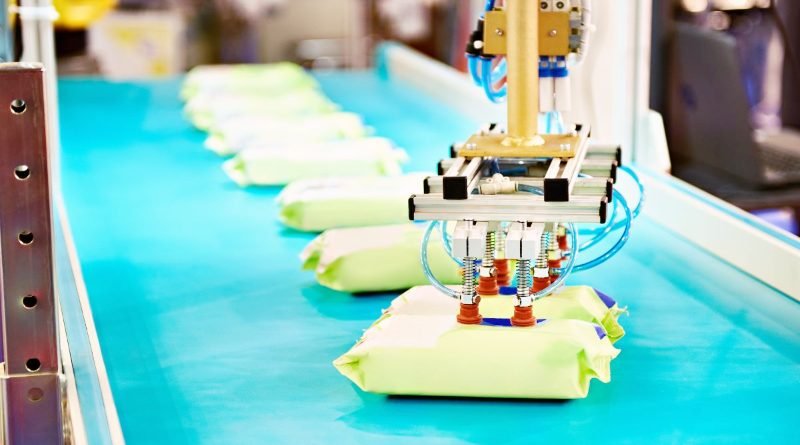Comprehensive Renovation to Extended Producer Responsibility
EPR fundamentally shifts the responsibility for a product’s end of life disposal from consumers and local governments to the producers. In this blog, we delve into the concept of EPR registration, its significance, and how it plays a Principal role in fostering a more sustainable approach to waste management.
Introduction to Extended Producer Responsibility
Extended Producer Responsibility is a policy approach designed to make manufacturers and producers responsible for the environmental impact of their products throughout their entire lifecycle. Traditionally, the burden of waste management fell on local governments and consumers. However, with the implementation of EPR, producers are mandated to take a more active role in managing the collection, recycling, and disposal of their products.
The Compulsion for EPR Registration
EPR registration is the formal process by which producers enroll with relevant authorities to comply with Extended Producer Responsibility regulations. This step is essential to ensure that producers fulfill their obligations and contribute to sustainable waste management practices. EPR registration typically involves providing detailed information about the products, the volume of production, and the proposed strategies for managing end-of-life products.
Key Components of EPR Registration
- Product Identification and Categorization:
Producers must accurately identify and categorize their products subject to EPR regulations. This includes specifying materials used, potential environmental impact, and end-of-life considerations.
- Volume Reporting:
EPR registration often requires producers to report the volume of their products entering the market. This information helps authorities assess the scale of responsibility each producer bears in the waste management process.
- Waste Management Plan:
A crucial aspect of EPR registration is the submission of a comprehensive waste management plan. This plan outlines how producers intend to collect, recycle, or dispose of their products in an environmentally responsible manner.
- Financial Contributions:
In some EPR programs, producers may be required to make financial contributions to support recycling and waste management infrastructure. These funds are utilized to develop and maintain systems for proper disposal and recycling.
International EPR Registration Overview
EPR registration is not a one-size-fits-all concept it varies across countries and regions. Several developed nations have embraced EPR as an integral part of their environmental policies. For instance, in the European Union, the Waste Electrical and Electronic Equipment (WEEE) Directive and the Packaging and Packaging Waste Directive enforce EPR for specific product categories.
In Canada, the province of British Columbia has implemented an EPR program for various products, including packaging and printed paper. Producers in British Columbia are required to register and submit a stewardship plan outlining how they will manage the waste generated by their products.
In the United States, EPR programs are often implemented at the state level. For example, in states like California and Oregon, EPR laws cover a range of products, including electronics and paint. Producers operating in these states must undergo EPR registration to comply with the respective regulations.
Positive Outcomes of EPR Registration
- Environmental Conservation:
EPR registration promotes sustainable practices, reducing the environmental impact of products by ensuring their proper disposal and recycling.
- Resource Efficiency:
By encouraging producers to consider the entire lifecycle of their products, EPR contributes to resource efficiency, minimizing waste and encouraging the use of recyclable materials.
- Innovation and Product Design:
EPR incentivizes producers to design products with end-of-life considerations in mind. This encourages innovation in product design and manufacturing processes.
- Community Engagement:
EPR fosters collaboration between producers, consumers, and local communities, creating a shared responsibility for environmental stewardship.
Dilemmas and Future Possibilities
While EPR registration has demonstrated positive impacts on waste management practices, challenges persist. Implementation inconsistencies, varying regulations, and the need for global standards remain hurdles. Harmonizing EPR approaches globally and streamlining registration processes could enhance the effectiveness of this framework.
Looking ahead, the evolution of technology and the rise of the circular economy concept are expected to shape the future of EPR. Improved tracking systems, data analytics, and innovative recycling technologies will likely play a pivotal role in enhancing the efficiency of EPR programs.
Wrap Up
EPR registration Persists as a cornerstone in the broader effort to shift towards sustainable and responsible consumption and production patterns. As consumers become more environmentally conscious and governments prioritize green initiatives, EPR will likely continue to gain prominence. Through effective registration processes, producers can contribute meaningfully to the global mission of reducing waste, conserving resources, and building a more sustainable future for generations to come.
Also visit Digital Global Times for more quality informative content.

